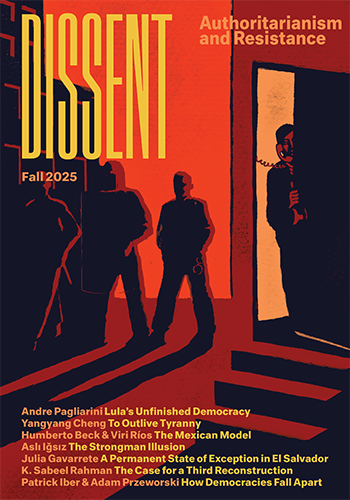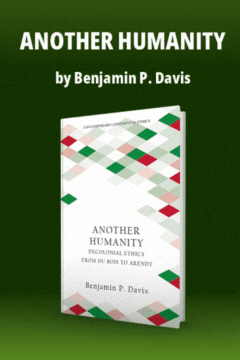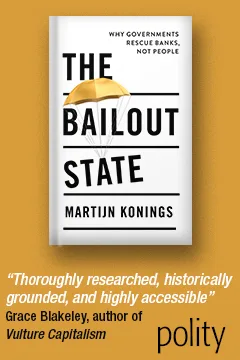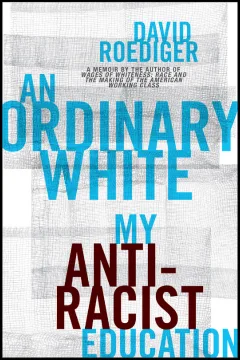Recently, after nine years of resolutely ignoring pleas, letters, e-mails, and the occasional phone call, I went to my first ever college alumni event. The reason was not a sudden burst of pride or the creeping nostalgia of age—rather it …
Labor movements are remarkable modern institutions. All over the world, they have fought for what Marx called “the political economy of the working class.” They have transformed exploited workers into active citizens, and Social Darwinist battlegrounds into civilized and decent …
The Charles H. Wright Museum of African American History (MAAH), which opened in Detroit in April 1997, has been acclaimed as the nation’s most important black history museum in numerous descriptive accounts, but, with a few notable exceptions, has not …
America’s Forgotten Majority: Why the White Working Class Still Matters by Ruy Teixeira and Joel Rogers Basic Books, 2000, 232 pp., $27 The basic premise of Ruy Teixeira and Joel Rogers’s America’s Forgotten Majority: Why the White Working Class Still …
What are the prospects for labor rights in the next four years? The question would seem to require some estimate, first, of what the Republicans intend and, second, of their capacity to do it. But current labor law is not …
Jewish Workers in the Modern Diaspora Nancy L. Green, ed. University of California Press, 1998, 256 pp., $14.95 Ready-to-Wear and Ready-to-Work: A Century of Industry and Immigrants in Paris and New York by Nancy L. Green Duke University Press, 1997 …
Nothing characterizes the private-sector labor market in the United States more clearly than the ability to fire employees at will. “Sorry, you’re no longer needed here” sounds like the refrain of a classic American song. Those Europeans who oppose the …
Growing Prosperity: The Battle for Growth with Equity in the 21st Century by Barry Bluestone and Bennett Harrison Century Foundation, 2000, 345 pp., $25 Barry Bluestone and Bennett Harrison are two icons that progressive economists of my generation looked to …
Working-Class New York: Life and Labor Since World War II by Joshua B. Freeman The New Press, 2000, 393 pp., $35 I’m sitting here in sunny California poring over short-term rentals in downtown Manhattan. My wife stops short at a …
Hector Cuatepotzo, a waiter at the upscale Miramar Hotel in Santa Monica, California, and an active member of the Hotel Employees and Restaurant Employees (HERE) union, lives in a tiny one-bedroom apartment with his wife, Maria, six-year-old daughter, Ashley, and …
Four years after passage of the Personal Responsibility and Work Opportunity Reconciliation Act, many government and media reports have declared welfare reform a success. They measure success by reduction in the number of those receiving welfare checks and to some …
Jack Metzgar’s Striking Steel: Solidarity Remembered, an excerpt from which appears below, is a combination of memoir, labor history, and meditation on the importance of unions in transforming the lives of industrial workers in the 1950s. It is the story …
The bastardized curse “may you live in interesting times” has a special poignancy for any organizer living in uninteresting ones. An “interesting time,” for better or worse, is one of upheaval—a period when large movements of ordinary people can create …
Just about every aspect of collegiate life can be leased for corporate profit these days. Increasingly, universities subcontract to large companies services they used to provide themselves; on campuses nationwide, corporate logos are becoming as ubiquitous as backpacks, as Barnes …
The Clinton administration’s 1993 decision to establish a Commission on the Future of Worker-Management Relations has opened a far-ranging debate about the U.S. collective bargaining system. Organized labor generally argues that its priority should be strengthening workers’ rights to organize …







